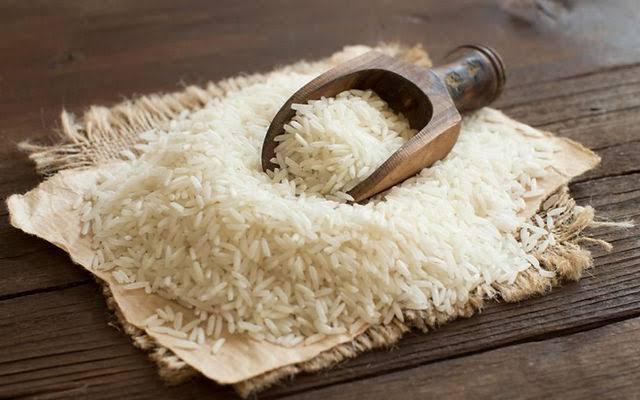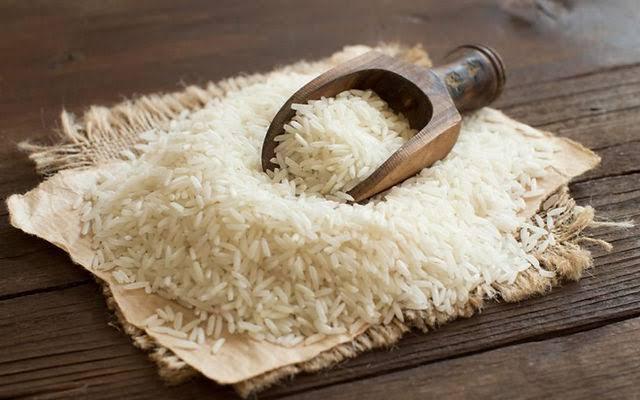
April 30, 2025
Global agricultural markets are witnessing a renewed upswing in rice prices after months of decline that had pushed rates to two-year lows. The reversal in trend is largely attributed to falling stock levels among key exporting nations, particularly Thailand and Pakistan, raising concerns over supply shortages in the months ahead.
After a prolonged period of subdued pricing due to strong harvests and high carryover stocks in 2023, rice markets have begun to tighten. According to global trade analysts, the recent rally in prices is being driven by lower-than-expected production in some countries and more aggressive export activity earlier in the year, which has depleted inventories.
Thailand's Supplies Dwindling
Thailand, the world’s second-largest rice exporter, has experienced a notable drawdown in its exportable rice stocks. The drop follows strong export shipments in late 2024 and early 2025, particularly to African and Middle Eastern markets. Compounding the situation are the effects of erratic weather, including drought conditions in parts of the Mekong Delta, which have affected yields in the most recent crop cycle.
As a result, Thai rice prices have firmed sharply over the past few weeks. Traders are reporting increased demand from import-dependent nations, particularly as buyers seek to secure shipments before prices escalate further.
Pakistan’s Export Pressure
Similarly, Pakistan, another major global rice supplier, is grappling with tightening supplies. The country had a robust export season earlier in the year, capitalizing on reduced Indian shipments due to export restrictions and elevated freight rates out of Southeast Asia. However, this surge in exports has now led to a noticeable contraction in domestic stocks.
In addition, localized logistical constraints and uncertainty over upcoming harvest yields are contributing to a more bullish sentiment in Pakistan’s rice export markets.
India’s Role and Market Dynamics While India remains the world’s largest rice exporter, its role in stabilizing global markets has been limited due to government-imposed restrictions on non-basmati white rice exports since mid-2023. These restrictions were implemented to control domestic inflation and ensure food security. Market sources indicate that Indian exporters have shifted focus toward parboiled rice and premium basmati varieties, leaving a supply gap in the global market that countries like Thailand and Pakistan had previously stepped in to fill. With their own stocks now depleted, that gap may begin to widen again. Global Implications The tightening supply from two of the largest non-Indian exporters is likely to affect import-dependent nations in Africa, Southeast Asia, and the Middle East, where rice is a staple commodity. Buyers from countries like the Philippines, Indonesia, Nigeria, and Senegal may face higher procurement costs in the coming months if the upward trend continues. Market Outlook
- Analysts expect further firming in global rice prices through Q2 and Q3 of 2025 if no significant supply relief emerges.
- Attention is now turning to the next harvest cycle in Asia and any policy signals from India regarding its export restrictions.
- Importers are advised to consider forward contracts and diversify sourcing to manage potential volatility.
The recent recovery in rice prices signals a potential turning point in global grain trade after two years of relatively stable or declining rates. With exportable stocks from Thailand and Pakistan falling, and India maintaining partial restrictions, the rice market appears to be heading into a period of constrained supply and firming prices — a development with far-reaching implications for global food security and trade planning.
Follow & Subscribe:
👉 Agri-Food Update on LinkedIn for the latest updates and insights.
🌐 Visit us at www.agri-food-update.com for more information!



